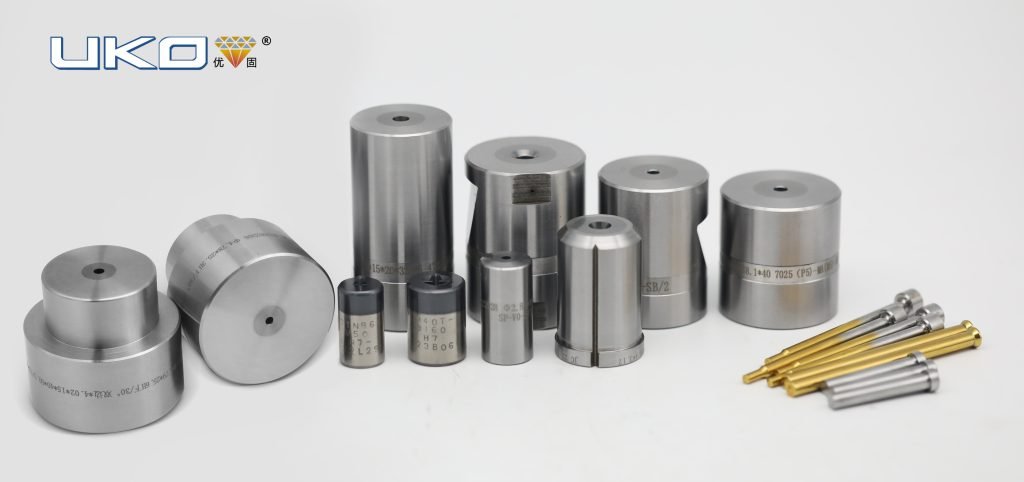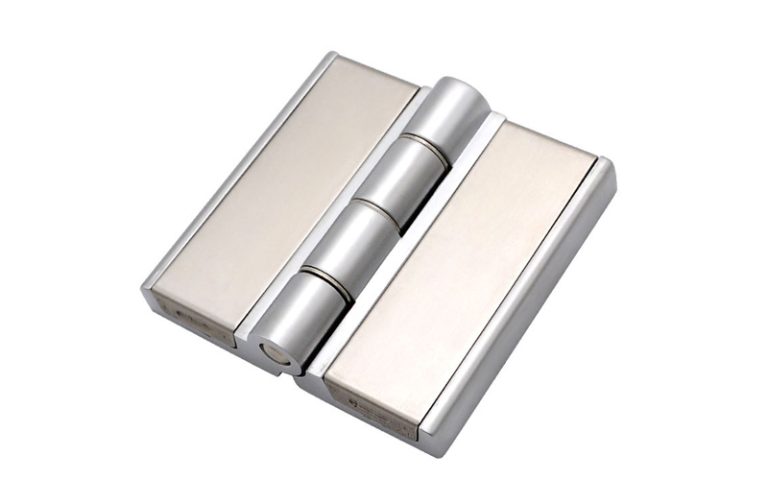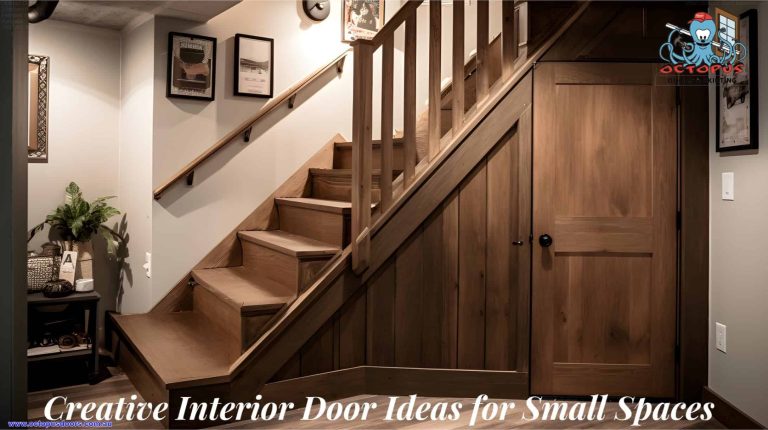How Much Do You Know About Fastener Mold Industry?
With the expansion of people’s living spaces and the rapid development of technology, the requirements for fasteners have become increasingly high. Fasteners used in states such as maximum, minimum, ultra-high temperature, ultra-low temperature, ultra-high speed, and ultra-low speed have emerged one after another. Fastener tool manufacturers are also doing their best to “dress and cap” various fastener products. UKO CARBIDE is also continuously optimizing and improving its outcomes in this environment, especially in products such as Screw Head Die, Bolt Head Die, Punch, significant progress has been made in 2023.

The fastener mold Screw Head Die design process is a pressure machining process that utilizes the plastic deformation generated by metal under external forces and utilizes the mold to redistribute and transfer the metal volume, thereby forming the required parts or blanks.
The general fastener processing process consists of production processes such as cutting, cold heading, cold extrusion, cutting, thread processing, heat treatment, surface treatment, etc. In our factory, we have a complete set of equipment and processes, efficient manufacturing capacity, timely quotation, visualized production process, strict quality control and quality inspection system, and precise manufacturing applications for every industry with demand. We can produce matching products according to customer requirements.
Many fasteners are formed using cold heading molds. Cold heading molds bear severe stamping loads, and their concave surface bears high compressive stress, requiring the mold material to have high strength, toughness, and wear resistance. After heat treatment, the surface of the Screw Head Die needs to have high hardness, while the core needs to have good toughness. In this way, the corresponding compressive stress on the surface can offset the stress borne during the cold heading process.
In order to minimize material rupture during cold heading dies forging, the product’s service life requires cold stretching, with minimum hardness and improved plasticity. The hardness of general raw materials can be within the standard range. In addition, the size of the product should be planned based on the specific requirements and process of the product, or the accuracy of shrinkage dimensions is very low. If the appearance of the UKO CARBIDE mold is of cold-drawn material quality, its color is dim, and its appearance will not be scratched, folded, cracked, fuzzed, or rusted. In order to ensure good cutting quality during cold forming, it is required to have a more complex appearance and a softer internal state.
For cold heading molds that require a long service life, high alloy die steels (such as Cr5Mo1V, Cr12, Cr12MoV, 7CrMo2V2Si, etc.), high-speed steels (such as W6Mo5Cr4V2, W18Cr4V, powder high-speed steel, etc.), steel bonded hard alloys, or hard alloys with high cobalt content and good toughness are used for manufacturing. In order to enable the mold to withstand high-impact loads, a block insert mold structure is generally used. The mold jacket is made of high-toughness alloy structural steel or hot working mold steel such as 4Cr5MoSiV1, and the hardness after heat treatment is about HRC45. The high-hardness cold heading mold insert is made of high alloy mold material and is inserted into the outer sleeve by cold pressing or hot pressing to make close contact. The outer sleeve causes a certain compressive stress on the inner sleeve, improving the service conditions of the mold and extending its service life.


